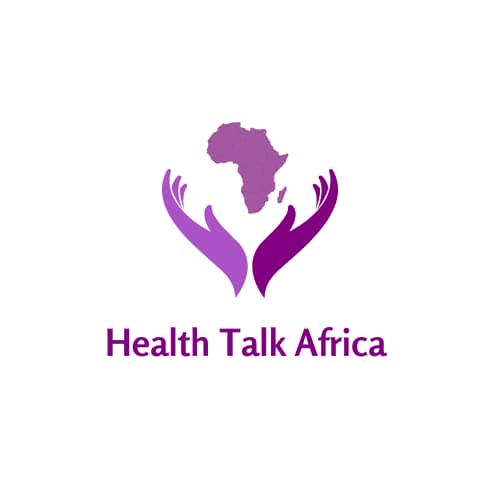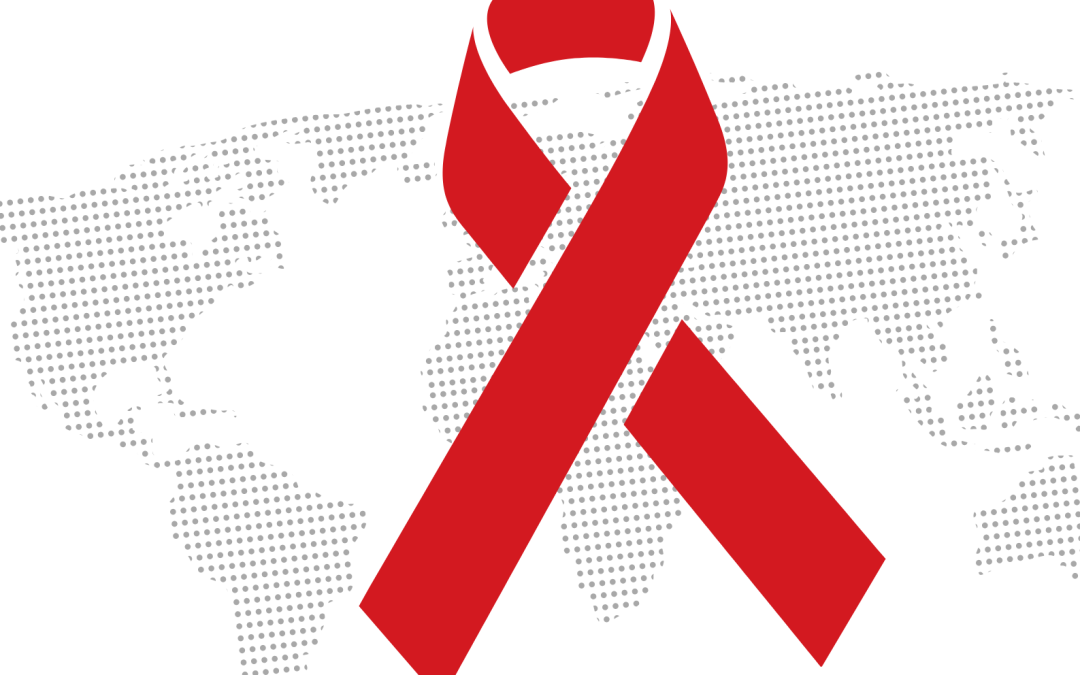Introduction
HIV remains a major global public health issue, having claimed 40.4 million [32.9–51.3 million] lives so far with ongoing transmission in all countries globally; with some countries reporting increasing trends in new infections when previously on the decline.
HIV/AIDS has seen significant progress in understanding, treatment, and prevention. However, one recurrent issue remains—the stigma and discrimination that continue to shroud people living with HIV/AIDS (PLHIV). This article sheds light on the importance of dismantling stigma, fostering understanding, and building a world where those affected by HIV/AIDS can live free from judgment and discrimination.
Understanding HIV/AIDS
Human Immunodeficiency Virus (HIV) is an infection that attacks the body’s immune system, and if left untreated, can lead to Acquired Immunodeficiency Syndrome (AIDS). HIV particularly target the white blood cells (leucocytes) and weaken the body’s immune system – the defense system of the body.
HIV is spread from the blood and body fluids of an infected person, which includes breast milk, semen and vaginal fluids. It is not spread by kisses, hugs or sharing food. It can also spread from an infected mother to her baby during pregnancy and/or delivery. HIV can be treated and prevented with antiretroviral therapy (ART).
While medical advancements have transformed HIV into a manageable chronic condition, societal attitudes lag behind.
The Impact of Stigma
Delayed Testing and Treatment: Fear of judgment often prevents individuals from getting tested and seeking treatment promptly.
Isolation and Mental Health: Stigma contributes to social isolation, leading to increased mental health challenges for people living with HIV/AIDS.
Barriers to Disclosure: Stigmatizing environments discourage individuals from disclosing their HIV status, hindering open communication and support systems.
Challenging Misconceptions
Modes of Transmission: Education is vital to dispel myths surrounding HIV transmission. Understanding that casual contact does not spread the virus is crucial. People cannot become infected with HIV through ordinary day-to-day contact such as kissing, hugging, shaking hands, or sharing personal objects, food or water.
Treatment Advances: Acknowledging medical advancements helps dispel the outdated notion that an HIV diagnosis is a death sentence. Antiretroviral therapy (ART) lowers the amount of the virus in a person’s body. People living with HIV who are taking ART and adhering to treatment can live a full and healthy life and when the virus is undetectable in their blood, they will not be able to transmit/spread the virus to their sexual partners.
Pregnant women with HIV should have access to and take ART as soon as possible, to ensure prevention of mother-to-child transmission of HIV before birth, or to the baby through breast milk.
Fostering Compassion
Empathy and Education: Promoting empathy through education about the realities of living with HIV/AIDS reduces fear and misconceptions.
Normalizing Conversations: Open conversations about HIV/AIDS help create an inclusive environment where individuals feel safe discussing their experiences.
Combating Discrimination
Legal Protections: Different countries have laws on HIV/AIDS anti-discrimination. These laws should be fully implemented and enforced in order to protect the rights of people living with HIV/AIDS.
Workplace Policies: Ensuring workplaces have policies against discrimination promotes inclusivity and a supportive work environment.
Community Support
Support Groups: Establishing and promoting support groups fosters a sense of community among people living with HIV/AIDS.
Media Representation: Positive and accurate reporting/coverage in media contribute to reducing stereotypes and discriminatory attitudes.
Global Solidarity
International Collaboration: Global efforts are crucial to combat stigma and discrimination on a broader scale. The UNAIDS, International AIDS Society, World Health Organization, The U.S. President’s Emergency Plan for AIDS Relief (PEPFAR), The Global Fund and lots more are global HIV/AIDS organizations engaged in the global response to HIV and AIDS.
Access to Treatment: Ensuring universal access to HIV/AIDS treatment helps reduce disparities and combat discrimination associated with lack of healthcare.
Conclusion
It is necessary that society breaks free from the shackles of HIV/AIDS stigma and discrimination. By fostering understanding, compassion, and global collaboration, we can create an environment where people living with HIV/AIDS are treated with dignity and respect. Let us stand united against discrimination, championing a world where everyone, regardless of their HIV status, can live free from judgment and discrimination.


Great
Very informative piece. Thanks for putting this out as awareness remains very important as far as this subject is concerned.